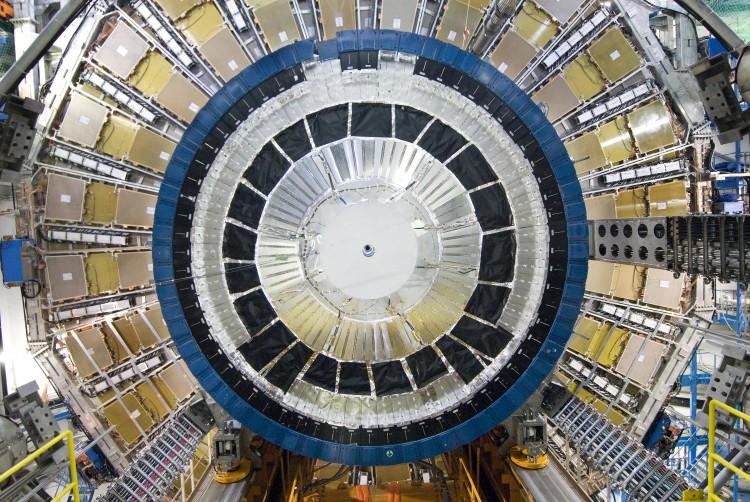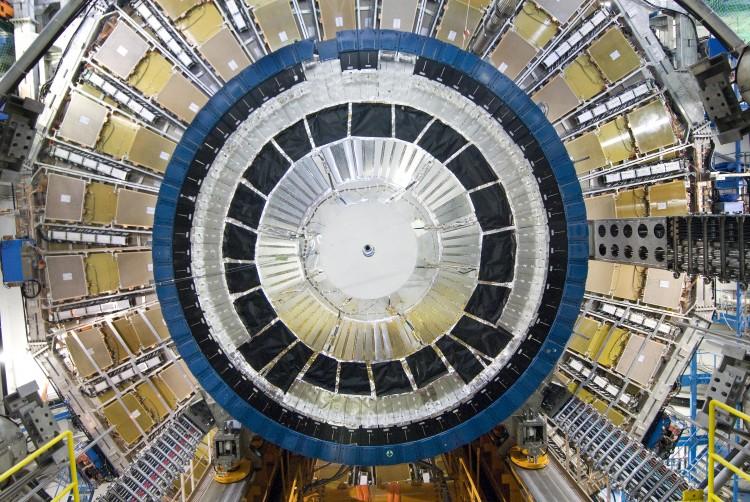A new particle has been observed by scientists from the U.K.’s University of Birmingham and Lancaster University, who made the discovery after analyzing data from the ATLAS experiment at CERN’s Large Hadron Collider.
The ATLAS experiment is a particle physics experiment involving smashing protons together with extremely high energies, according to the ATLAS website. The LHC is the largest particle accelerator in the world, built by the European Organization for Nuclear Research (CERN) on the border of France and Switzerland.
“Analyzing the billions of particle collisions at the LHC is fascinating. There are potentially all kinds of interesting things buried in the data, and we were lucky to look in the right place at the right time,” said University of Birmingham Ph.D. student Andy Chisholm in a press release.
The particle—the Chi-b(3P)—is a boson particle, like the famous Higgs particle, but is made up of two very heavy objects held together by a strong force, said the researchers. The Higgs is currently thought to exist as a single object.
Chi-b(3P) had been previously predicted but had until now remained unobserved. The Chi-b(3P) is a new way of binding together a “beauty quark and its antiquark”—collectively known as quarkonium, said the scientists in their research paper.
The beauty quark is a quark with a charge of one-third of the charge carried by an electron. Its associated antiquark is a particle with the same mass but opposite electric charge. That is, the beauty quark’s antiquark carries one-third of the charge of a proton.
In the (3P) state, the beauty quark and its antiquark are almost separated from each other, said the ATLAS team. “One surprise is that the Chi-b(3P) is slightly heavier than predicted, meaning the quark antiquark pair is a little more loosely bound than expected,” states an ATLAS press release.
“While people are rightly interested in the Higgs boson, which we believe gives particles their mass and may have started to reveal itself, a lot of the mass of everyday objects comes from the strong interaction we are investigating using the Chi-b,” explained professor Roger Jones, head of the Lancaster ATLAS group, in the Birmingham University release.
The team has submitted the findings to the journal Physical Review Letters and published them in the online repository arXiv.
You can read the research paper here.
The Epoch Times publishes in 35 countries and in 19 languages. Subscribe to our e-newsletter.



